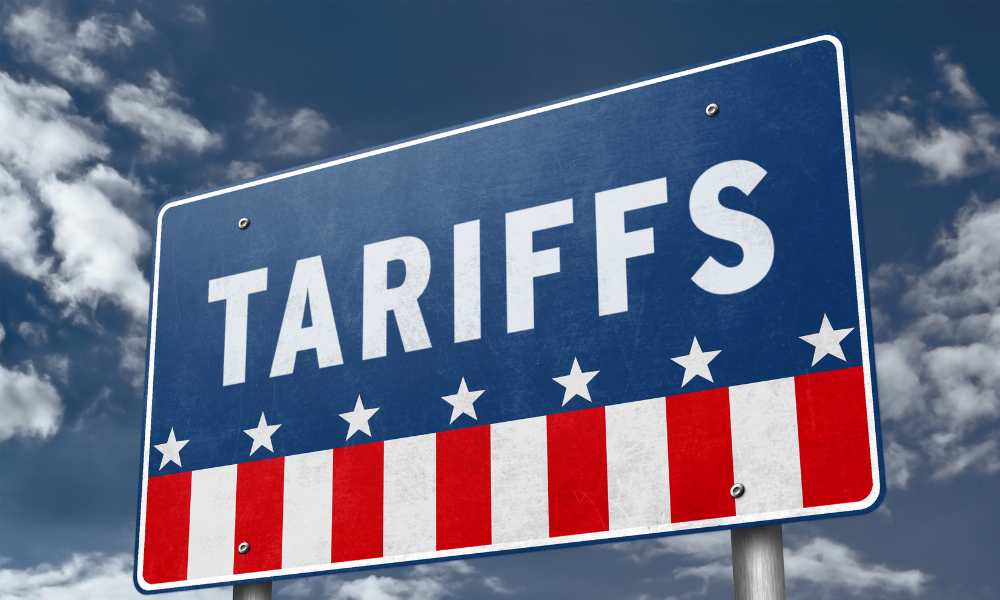Tough choices around who gets to stay can be more difficult in hybrid workplace

As the world seems to be heading inevitably toward a recession, many organizations will be thinking about a harsh reality: layoffs.
Whether they are big or small in scale, companies need to handle employee terminations the right way, not only because it’s morally correct but it can be important to the bottom line, according to a workplace expert.
It all begins with having a plan of attack.
“If your organization doesn’t already have some sort of formalized layoff process or precedent or procedure, create one now before it’s needed and when stress levels rise. It’s like a crisis management plan you hope you never have to use it but it sure is nice to have something to start from,” says Alyson House, assistant professor of strategic human resources management at Athabasca University in Alberta.
“This is certainly not the time to wing it.”
So far in 2022, there have been more than 800,000 workers permanently laid off in Canada, according to Statistics Canada.
Who gets to stay?
As for deciding who stays and who leaves, the current hybrid and remote workplace is making it much more difficult to decide which employees are performing well and should be kept on, says House.
“A manager now has both face-to-face and remote staff, [and] things like proximity bias could be more of an issue. So that’s really our bias around the people who you see every day versus the ones who might be a little less visible because they’re online and whatnot; so performance assessment, as we HR folks know, it’s always a challenge to do in an objective and fair way but when you have distance, and you can’t always see what the person’s doing, it becomes even more of an issue.”
But those evaluations have to be made, and this could help employers decide who to dismiss.
“Laying off people who are at higher points on a pay scale will contribute most to lowering compensation costs per layoff. However, low performers typically contribute less to the achievement of the organization’s goals or strategy so removing the low performers, regardless of their pay, can also contribute to efficiency and productivity,” she says.
Expect more layoffs, especially in the high tech sector, delegates to a Toronto conference heard recently.
Many organizations employ a mixture of both by keeping high performers, with a careful eye on the compensation, and laying off the lesser workers, says House.
“It’s really around looking across the organization and [making] tough choices: Are there people at higher pay ranges whose performance might be OK? They need to do that but, on average, you see companies trying to make a balance between those two factors.”
Getting the word out
Before the layoffs happen, let employees know this option may be considered at some point — and ensure this possibility is properly communicated to the entire organization, says House.
“I don’t know how often that happens in practice but just say that ‘Changes are forthcoming’ and explain why they are necessary. Presumably, if it’s some sort of decline, or in this case a recession, there’s at least an explanation, and, importantly, informing the employees when they would be notified on a specific date in the very near future,” she says.
“It’s a proactive approach, saying, ‘We know this is happening, you will all find out on X date.’”
When it comes to how to best deliver the message, transparency is important, says one communications expert.
Not a job for HR
Various departments, such as legal and communications, should weigh in on the layoff planning process, but when it comes time to deliver the bad news, that shouldn’t be assigned to the HR department, says House.
“Layoff communications shouldn’t be delegated to other people like HR. That tends to be, what the research would suggest, if you want to have more positive outcomes.”
Instead, the new should be handled by the employee’s direct manager, says House.
Recently, social media company Twitter provided a master class in how not to do layoffs.
Coaching or training for empathy
For the organizational leaders who are tasked with this tough situation, it’s prudent to provide training or coaching around just how to handle the process in a firm but empathetic manner, she says.
In addition, there will be confused and anxious workers left behind wondering if they are next, so it’s crucial to talk to them as well.
“Remaining employees should really be reassured that they’ll have the opportunity in the future to voice concerns over workload or job insecurity, and perhaps even EAP supports for them to help cope with the loss of their own coworkers,” says House.
“It’s just as important to tell people they’re OK.”
In 2021, Better.com CEO Vishal Garg laid off about 900 employees just before Christmas via video conferencing, and this is absolutely the wrong way to do so, according to House.
“We all know the case that happened last year where employees were laid off via Zoom, but as we know, it’s pretty impersonal and disrespectful for the individuals, but of course, can also ruin a company or leader’s reputation as well. [Even if] you get so used to using Zoom or Teams or whatever platform, that doesn’t necessarily mean that’s the best way to do layoffs as well, at least not in a collective way.”
When having those tough conversations, lead with empathy, says House “because it partially mitigates perceptions of injustice or unfairness and those perceptions, in turn, they decrease the negativity associated with the loss so what that means is that when employees believe the process was as fair as it could be, they are less likely to blame their employer or engage in retaliatory actions.”
“It’s really in the organization’s best interest to show empathy and compassion, not to mention it being the right thing to do,” she says.




